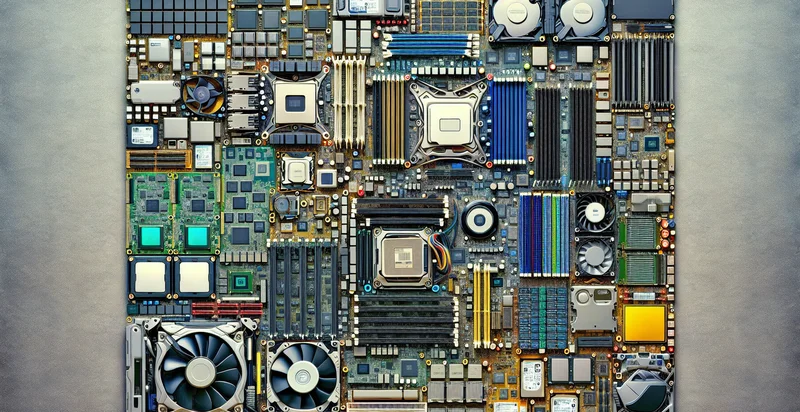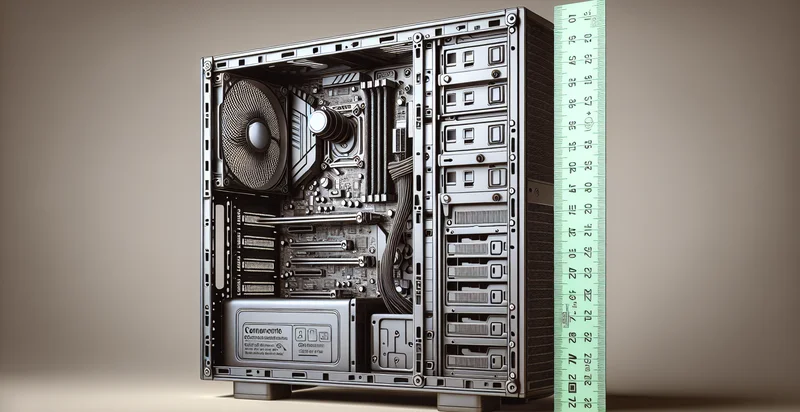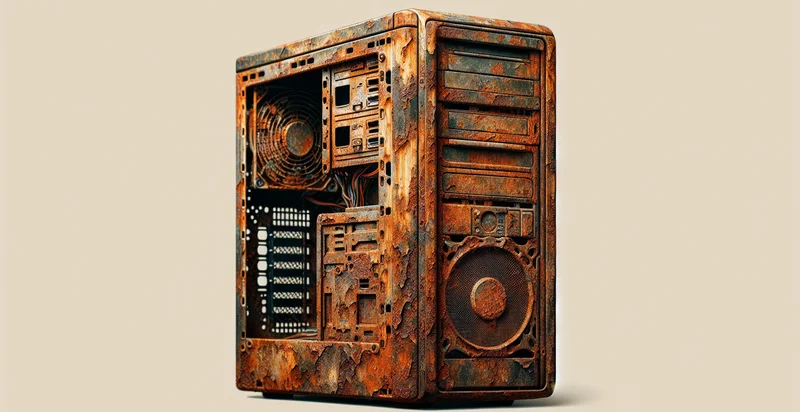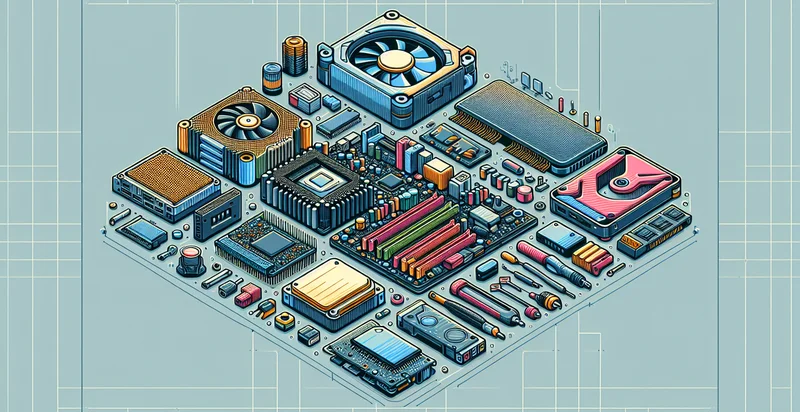Identify computer component types
using AI
Below is a free classifier to identify computer component types. Just upload your image, and our AI will predict what type of computer component it is - in just seconds.

Contact us for API access
Or, use Nyckel to build highly-accurate custom classifiers in just minutes. No PhD required.
Get started
import nyckel
credentials = nyckel.Credentials("YOUR_CLIENT_ID", "YOUR_CLIENT_SECRET")
nyckel.invoke("computer-component-types", "your_image_url", credentials)
fetch('https://www.nyckel.com/v1/functions/computer-component-types/invoke', {
method: 'POST',
headers: {
'Authorization': 'Bearer ' + 'YOUR_BEARER_TOKEN',
'Content-Type': 'application/json',
},
body: JSON.stringify(
{"data": "your_image_url"}
)
})
.then(response => response.json())
.then(data => console.log(data));
curl -X POST \
-H "Content-Type: application/json" \
-H "Authorization: Bearer YOUR_BEARER_TOKEN" \
-d '{"data": "your_image_url"}' \
https://www.nyckel.com/v1/functions/computer-component-types/invoke
How this classifier works
To start, upload your image. Our AI tool will then predict what type of computer component it is.
This pretrained image model uses a Nyckel-created dataset and has 21 labels, including Battery, Case, Chipset, Cooling System, Cpu, Expansion Card, Fan, Flash Drive, Gpu and Hdd.
We'll also show a confidence score (the higher the number, the more confident the AI model is around what type of computer component it is).
Whether you're just curious or building computer component types detection into your application, we hope our classifier proves helpful.
Related Classifiers
Need to identify computer component types at scale?
Get API or Zapier access to this classifier for free. It's perfect for:
- Quality Control in Manufacturing: The false image classification function can be used in electronic component manufacturing to identify defective components based on visual characteristics. By integrating this function into the quality control process, manufacturers can enhance productivity and reduce waste through early detection of faulty products.
- Inventory Management for Retailers: Retailers can utilize the false image classification function to categorize computer components in their inventory. This capability enables automated stock management and ensures that retailers maintain an accurate inventory system, streamlining order fulfillment and reducing errors.
- E-commerce Product Verification: E-commerce platforms can implement this function to verify that the images uploaded by sellers accurately represent the listed computer components. This increases customer trust and reduces the number of returns due to misrepresented products, ultimately enhancing the purchasing experience.
- Automated Technical Support: Tech support services can leverage the image classification function to provide users with automated troubleshooting based on the images of their computer components. Users can receive targeted solutions faster, which improves support efficiency and user satisfaction.
- Repair and Replacement Services: Companies offering repair services can use the classification functionality to assess the type and condition of computer components that are brought in for service. This promotes faster diagnoses and more accurate service recommendations, enhancing overall customer experience.
- Educational Tools for IT Training: Educational institutions can implement the false image classification feature in IT training programs to help students learn about different types of computer components. By using real-life images for classification tasks, students gain practical skills that are essential for careers in technology and IT.
- Market Analysis for Suppliers: Suppliers can analyze market trends by using the classification function to categorize images of computer components from competitor websites and social media. This data can drive strategic decisions in product development, marketing, and inventory management based on emerging trends and customer preferences.


